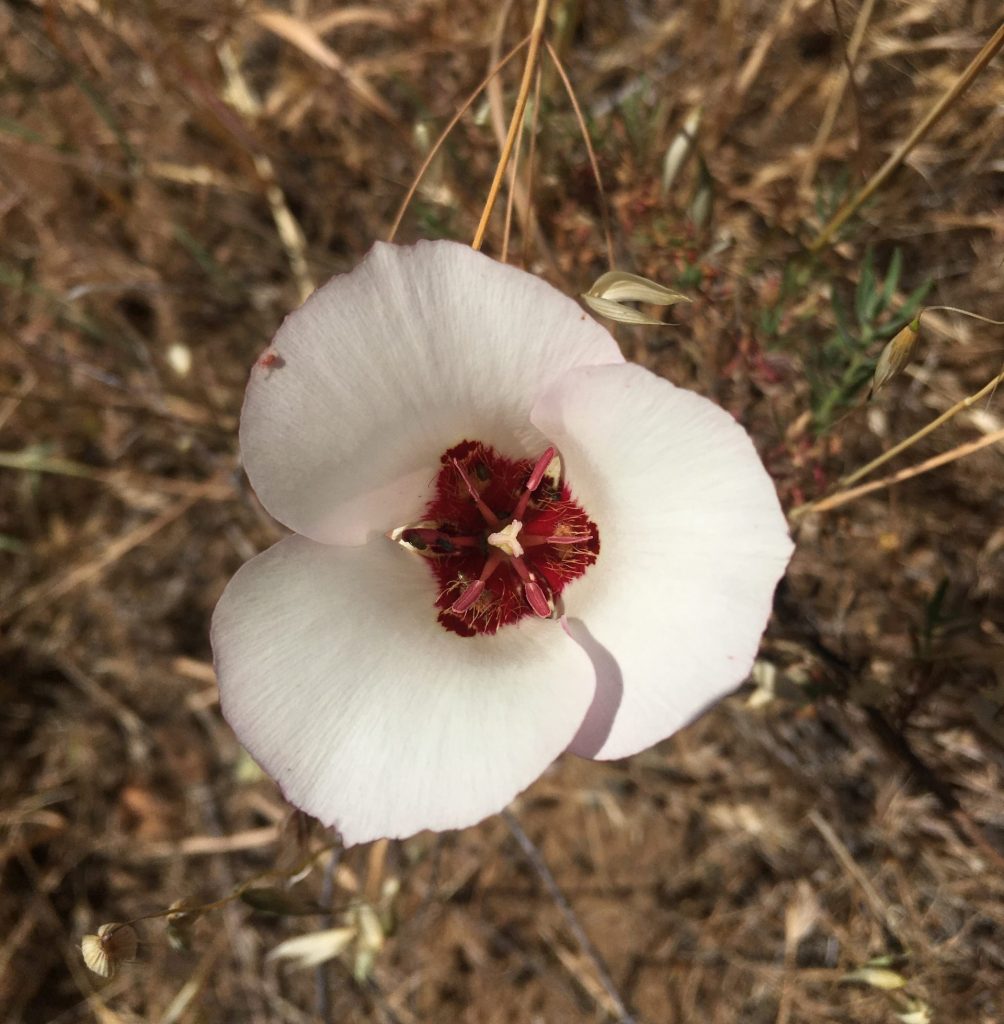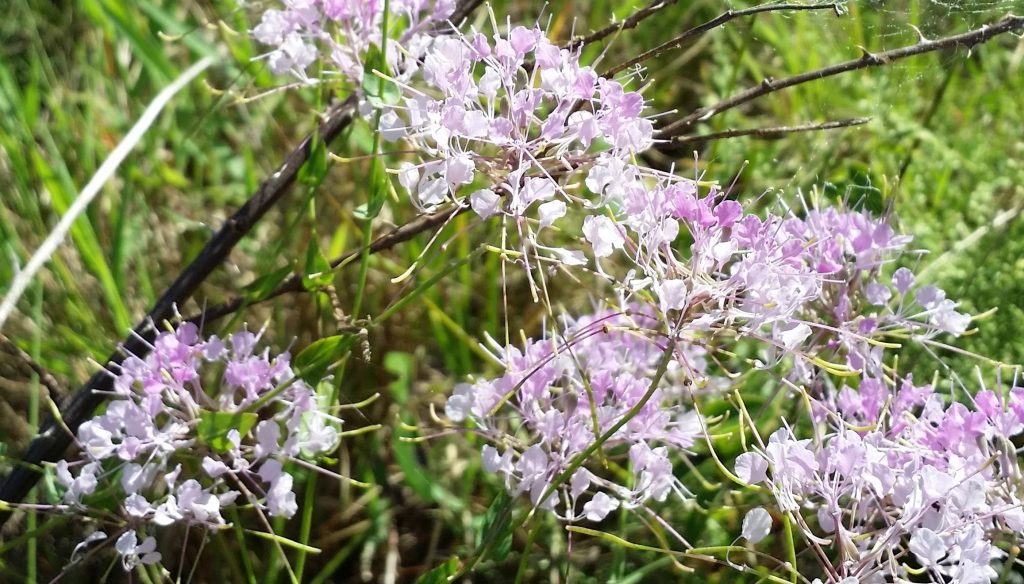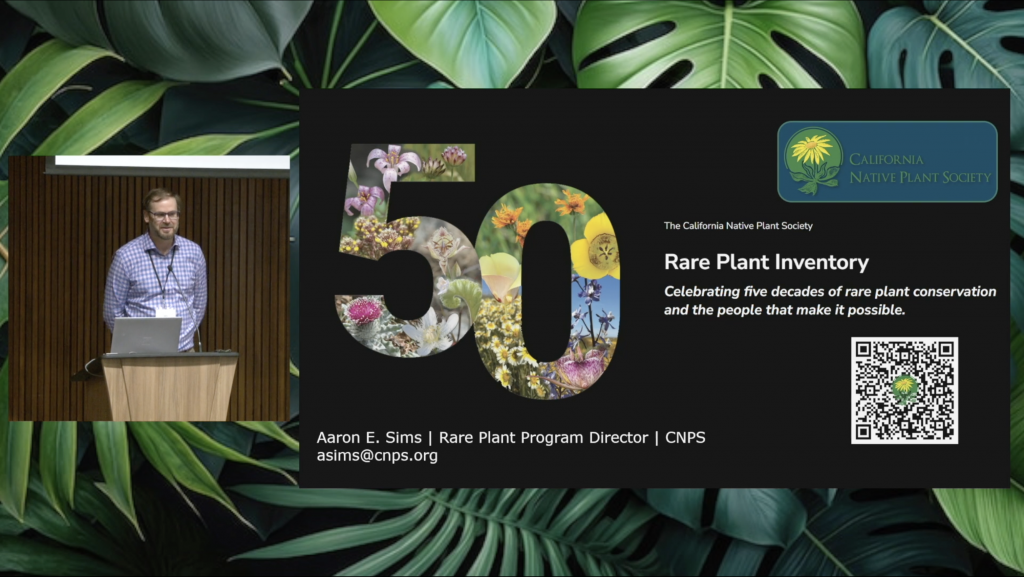
The California Native Plant Society (CNPS) maintains an inventory of California’s rare and endangered plants, where conservationists, researchers, consultants, and resource managers go daily to help educate landowners and public policy makers about the importance of rare plant stewardship and conservation. Starting as index card files of plant names and locations developed by famous geneticist […]
Read More…
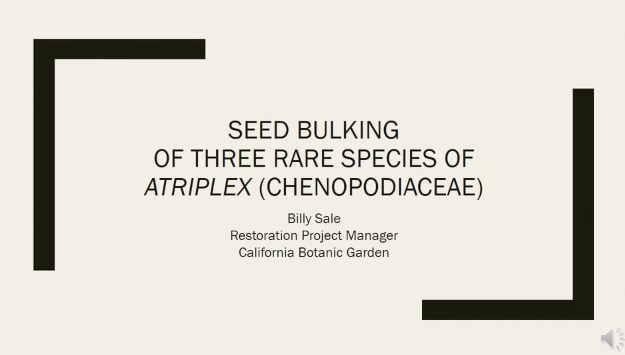
Billy Sale, California Botanic Garden California Botanic Garden (CalBG) is in the process of seed bulking three rare species of Atriplex from populations originating in southern California. Atriplex coronata var. notatior (G4T1), Atriplex parishii (G2G3) and Atriplex serenana var. davidsonii (G5T1). To better inform the project, propagation trials were performed prior to seed bulking in order to examine germination pretreatments. Gibberellic acid was identified as the most […]
Read More…
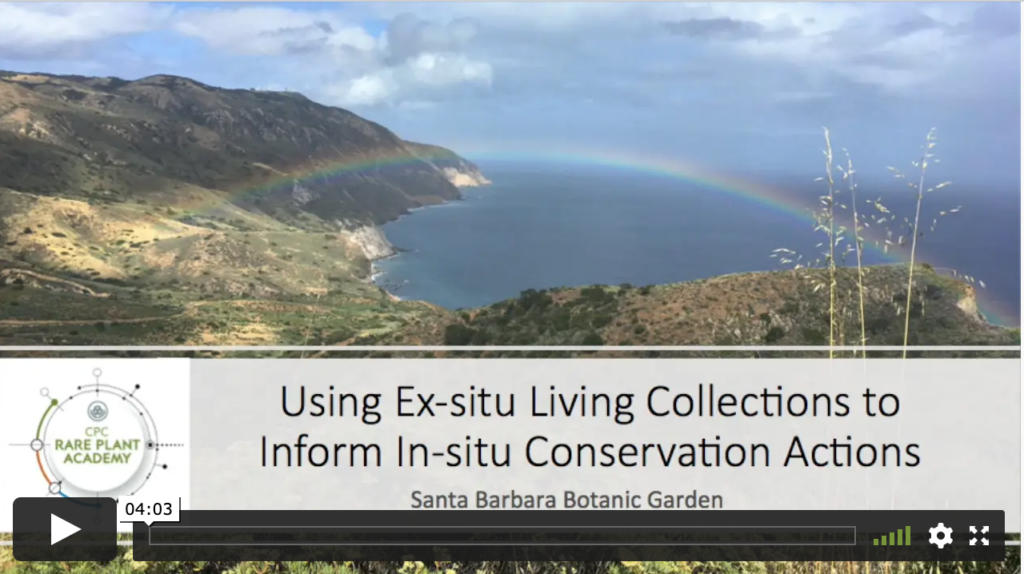
Heather Schneider, Santa Barbara Botanic Gardens There are times when drying and storing seeds is not an option for the conservation of a plant species. This might be because the seeds cannot survive the freezing process, or maybe because the species no longer produces seeds in the wild. Researchers at the Santa Barbara Botanic Garden have […]
Read More…
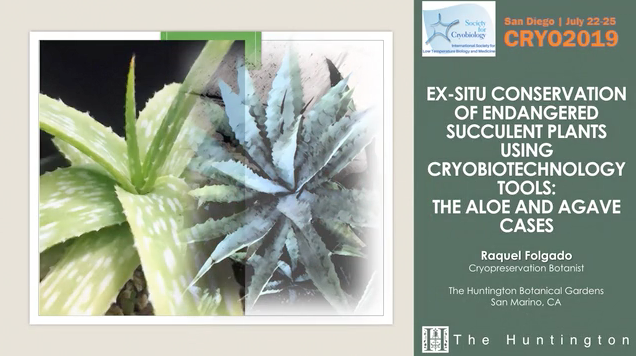
Josette Tin, Taylor La Val, Sean Lahmeyer, John Trager, Raquel Folgado*, The Huntington Library, Art Collections and Botanical Gardens, San Marino, CA., United States, *Speaker Succulent plants are significant to the horticultural industry, and they are also sources for food, fibers, medicines, and cosmetics. The main threats for the wild population of these often emblematic […]
Read More…
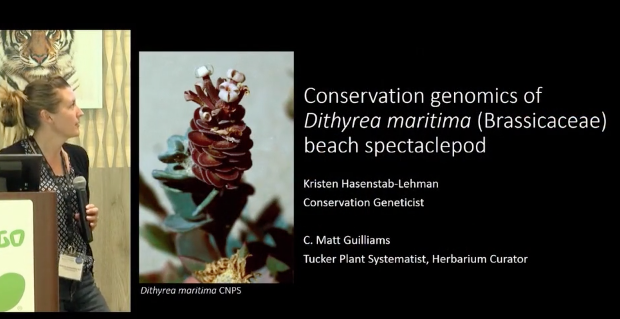
Kristen Hasenstab-Lehman, C. Matt Guilliams, Santa Barbara Botanic Gardens Dithyrea maritima (Davidson), or beach spectaclepod, is a dune specialist endemic to coastal dunes from central California, United States, to northwestern Baja California, Mexico. Individuals of this perennial herb spread by rhizomes, forming a diffuse colony of ramets, each terminating in rosette of 1 to several fleshy leaves, […]
Read More…
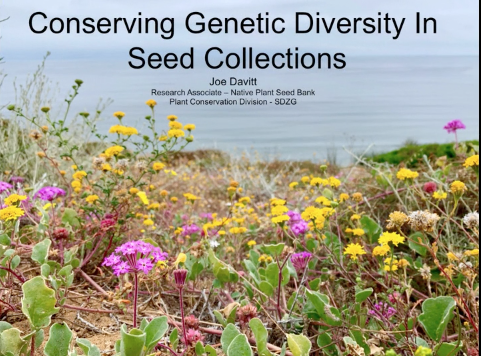
Joe Davitt, Institute for Conservation Research, San Diego Zoo Global Maintaining a plant species’ genetic diversity can contribute to adaptive potential, prevent inbreeding effects, and potentially preserve traits such as drought tolerance and disease resistance, all of which are critical in a changing climate. Seed collections are often the best method of conserving the genetic diversity of rare plant populations ex-situ, […]
Read More…
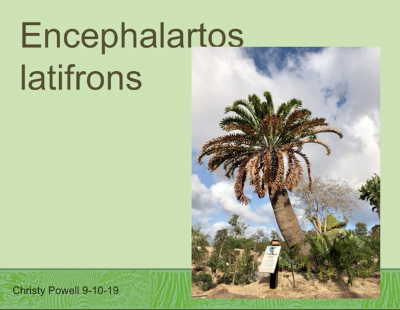
Christy Powell, Brian Dorsey, San Diego Zoo Global, Huntington Botanical Garden As the most endangered group of plants on the planet, cycads (Cycadales) face a number of threats to their continued existence. Efforts to preserve these iconic plants (in situ reserves and ex situ collections) could benefit greatly from a better understanding of population genetic […]
Read More…

Dr. Stephanie Steele, San Diego Zoo Global The Torrey pine (Pinus torreyana) is a rare, iconic species that occurs naturally in only two locations in Southern California: in coastal San Diego County and on Santa Rosa Island. The species is of particular conservation concern due to prolonged drought which has increased susceptibility of trees to […]
Read More…
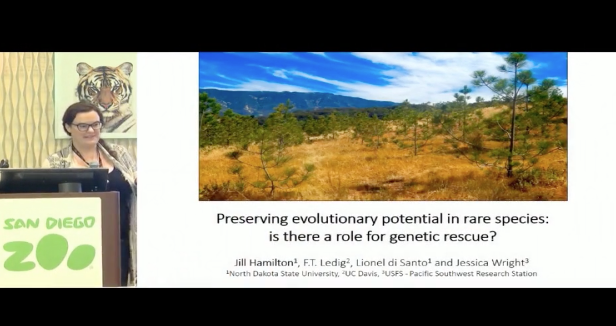
Jill Hamilton, North Dakota State University Species evolutionary potential is tightly linked to both the amount and distribution of genetic variation available through which natural selection may act. Rare species present particular challenges under rapidly changing conditions where the genetic consequences of rarity may limit species ability to adapt to ongoing change. Thus in a […]
Read More…

Kyle L. Gunther, Sula Vanderplank, Jon P. Rebman, Andres Orduño Cruz, & Lluvia Flores-Rentería, San Diego State University, San Diego Natural History Museum, San Diego Zoo Global, Centro de Investigaciones Biológicas del Noroeste California and the Baja peninsula are home to high levels of floral abundance, diversity, and endemism. Much of this region is part of […]
Read More…
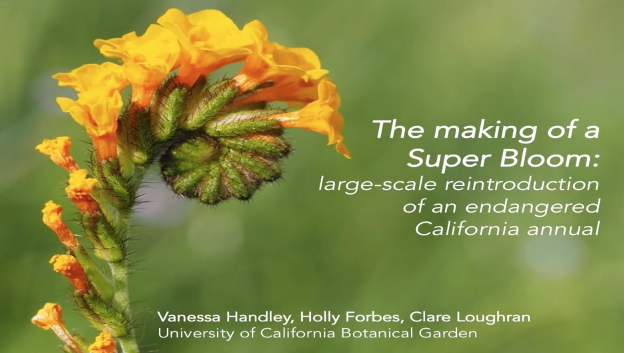
Vanessa Handley, University of California Botanical Garden University of California Botanical Garden (UCBG) has long been engaged in recovery efforts for State and Federally endangered large-flowered fiddleneck, Amsinckia grandiflora. Initially UCBG staff focused on creating a substantial seed bank for the species and, through nursery augmentation of wild-collections, generated a bank of over 100,000 seed […]
Read More…
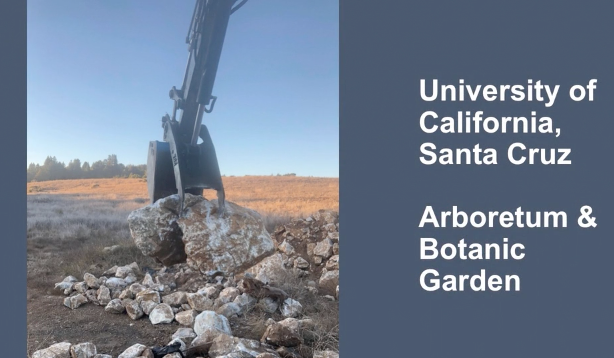
Martin F. Quigley, University of California-Santa Cruz Arboretum & Botanic Garden Our mission is to connect people with plants. Our conservation work is dedicated to preservation of biodiversity, and enabling evolutionary processes to continue at the population level. Our primary focus is California, particularly the Central Coast ecosystems. We are developing a 60 acre California […]
Read More…
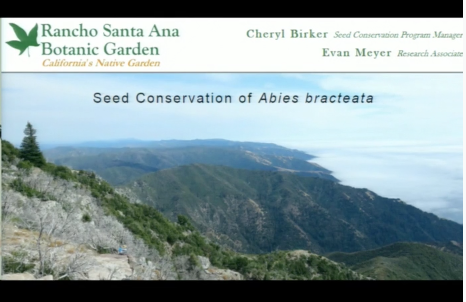
Cheryl Birker, Seed Conservation Program Manager and Evan Meyer, Rancho Santa Ana Botanic Garden Abies bracteata(Bristlecone fir; Santa Lucia fir) is a 12-30 meter tall tree restricted to a small, wildfire prone range in the Santa Lucia Mountains on the central coast of California. While several botanical gardens maintain living specimens, it remains rare in […]
Read More…

